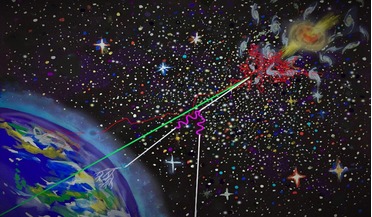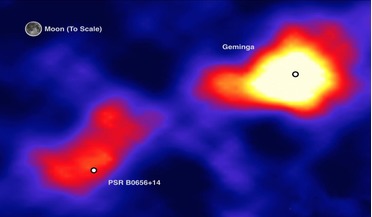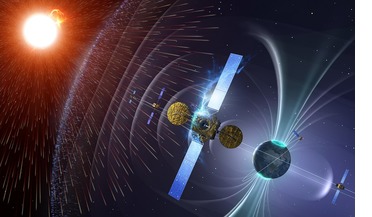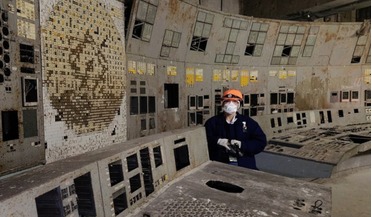 24 January 2018
Scientists uncover common origin for ultrahigh-energy particles
24 January 2018
Scientists uncover common origin for ultrahigh-energy particles
... State. "The fact that the measured intensities of very high-energy neutrinos, ultrahigh-energy cosmic rays, and high-energy gamma rays are roughly comparable tempted us to wonder if these extremely energetic particles have some physical connections...
 17 November 2017
Excess positrons immersing Earth have unknown origin
17 November 2017
Excess positrons immersing Earth have unknown origin
... astronomers have long been intrigued by why there are far more high-energy positrons in cosmic rays than is expected by current theoretical models. Cosmic rays are made up of atomic nuclei – most of which are hydrogen nuclei – that travel at the...
 12 July 2016
Did two ancient supernovas cause cell mutation and climate change on Earth?
12 July 2016
Did two ancient supernovas cause cell mutation and climate change on Earth?
...incredibly light nights that would have occurred as a result of the explosions, cosmic rays may have caused mutations to life on Earth on a cellular level. .... The big thing turns out to be the cosmic rays. The really high-energy ones are pretty rare…...
 10 October 2016
Risk of chronic dementia for astronauts heading to Mars
10 October 2016
Risk of chronic dementia for astronauts heading to Mars
... always been fraught with unknown potential perils, but now the risk of chronic dementia from galactic cosmic ray exposure could face astronomers on a long-haul trip to Mars say scientists. Studies by scientists at University of California (UCl...
 27 July 2020
Radiation-loving fungus could protect astronauts from cosmic rays
27 July 2020
Radiation-loving fungus could protect astronauts from cosmic rays
... radiation that is the equivalent of 150 to 6,000 chest x-rays, depending on their length of stay in space. Scientists have ... only 2 millimeters thick absorbed almost 2 percent of the cosmic radiation during its month stay in the off-world laboratory...
 July 2017
Hunting for neutrinos in the ice of Antarctica
July 2017
Hunting for neutrinos in the ice of Antarctica
... with hole to access the station electronics. Signals more similar to neutrinos are caused by cosmic rays that interact in the atmosphere. A cosmic ray interaction in the atmosphere also causes a particle cascade, which in turn is the cause of radio...